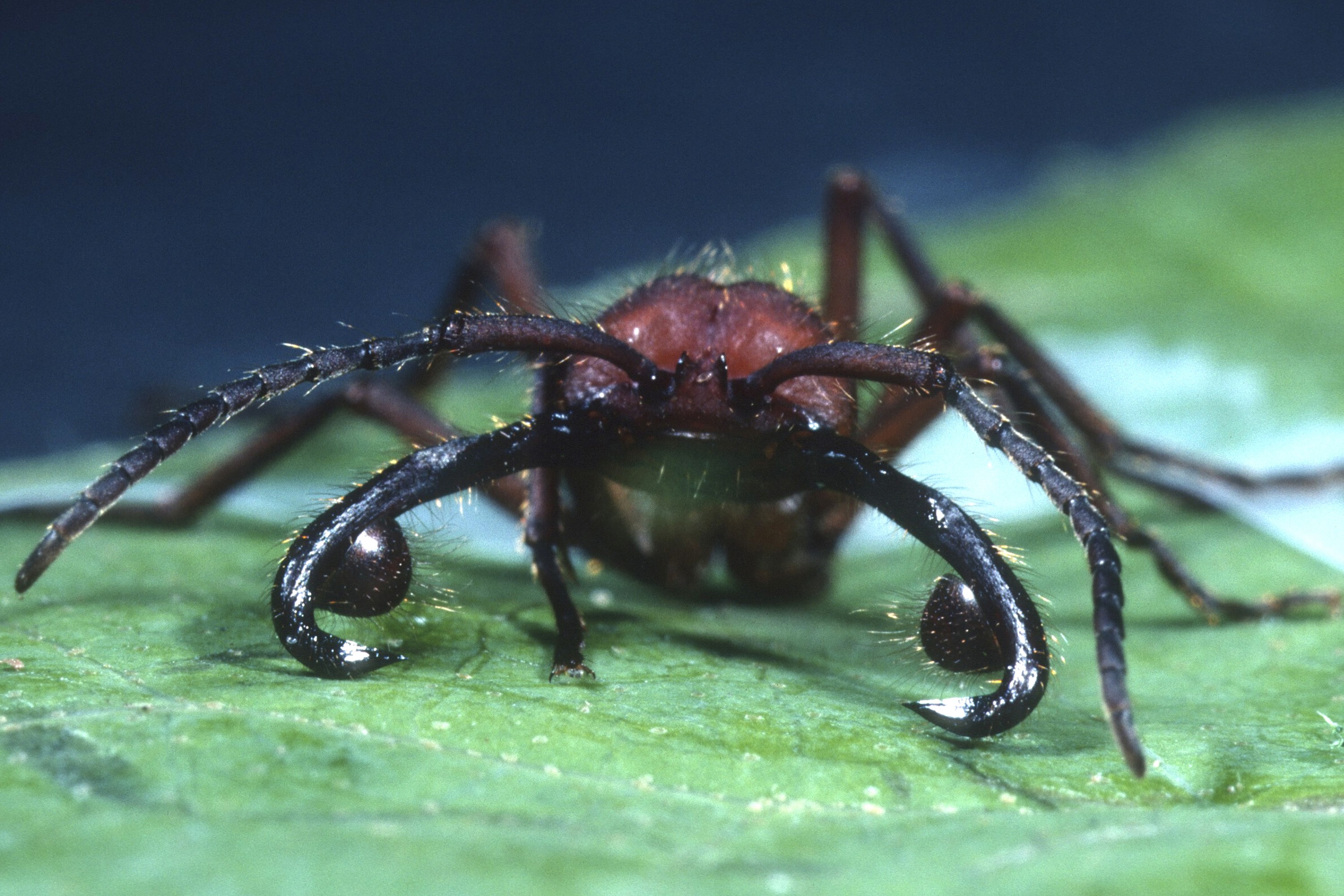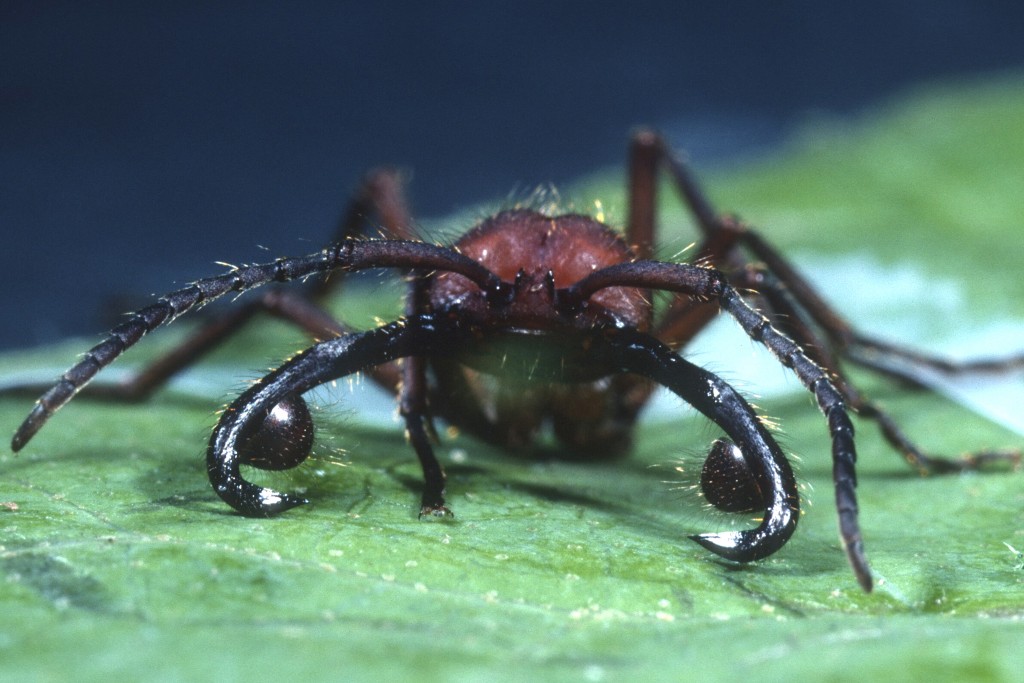
A collection of more than two million specimens of army ants and associated species will soon be widely accessible, thanks to a three-year, $500,000 grant from the National Science Foundation.
The grant to the Department of Ecology and Evolutionary Biology in the College of Liberal Arts and Sciences will support the transfer and curation of the collection, development of an online database, and a public exhibition.

The Carl and Marian Rettenmeyer Army Ant Guest Collection consists of more than two million specimens, field notes, and other material from research conducted by the late Carl Rettenmeyer, a member of the department’s faculty from 1971 to 1996, and his wife Marian. It is considered one of the premier insect collections in the world. Carl Rettenmeyer, who established the Connecticut State Museum of Natural History at UConn, died in 2009.
“Carl and Marian were careful, meticulous, and above all else, curious field biologists whose life work resulted in a world class collection,” says Bernard Goffinet, director of the EEB Biodiversity Research Collection Facility. “Our primary goal is to add this unique treasure to UConn’s repertoire of intellectual resources.”

The Rettenmeyers worked in Central and South America for 50 years studying the intricacies of the complex societies of army ants that are constantly foraging and moving along the ground, consuming up to 500,000 prey animals each day, such as earthworms, other insects, and larvae. Army ant society also includes their “guests,” the many creatures intimately associated with the ants that benefit from their violent daily life, including mites, beetles, flies, wasps, springtails, and bristletails.
“The complexity of this system is phenomenal,” says Janine Caira, Board of Trustees Distinguished Professor of Ecology and Evolutionary Biology. “Some mites live on the mouthparts of army ants, others live on their antennae or are attached between the ‘toes’ of army ants and help the ant grab things, and some even look like army ant larvae. Some beetles act like army ants or look like army ant adults. These are the only places these creatures are found.”
The Department of Ecology and Evolutionary Biology, in partnership with the Connecticut State Museum of Natural History, will lead the effort to curate, digitize, and catalogue the Rettenmeyer Ant Guest Collection and its associated materials, which in addition to the more than two million specimens of about 114 species of army ants includes 92,000 specimens of guests representing 187 species. The specimens are preserved using a variety of scientific research methods including pinned specimens, vials, and microscope slides. They also are documented in 5,000 Kodachrome slides and about 30 hours of digital videotape.
“This collection could never be duplicated,” says Jane O’Donnell, manager of Invertebrate Scientific Collections in the EEB Biodiversity Research Collection Facility. “Not only would it take another two lifetimes, but also many of the localities that were sampled by the Rettenmeyers no longer support army ant colonies – and when an army ant colony is lost, so too are its hundreds of associates. One can go back to a place, but one can’t go back in time.”
Caira says grants from the National Science Foundation require broad impact outreach elements, and plans for the Rettenmeyer Collection could include an interdisciplinary series of activities, such as multimedia artwork created by students, creative writing classes, a version of the exhibit traveling to the University’s regional campuses, puppet shows, and lectures, among others.
The cataloging of the scientific information will begin this summer, with the goal of developing the initial exhibition of the Rettenmeyer Collection early in 2017.
One of the more noticeable products of the grant will be the installation of 4-foot replica army ants on the side of the BioPhysics Building, which is home to EEB’s collection facility and will also house the primary public exhibition of the Rettenmeyer Collection.






